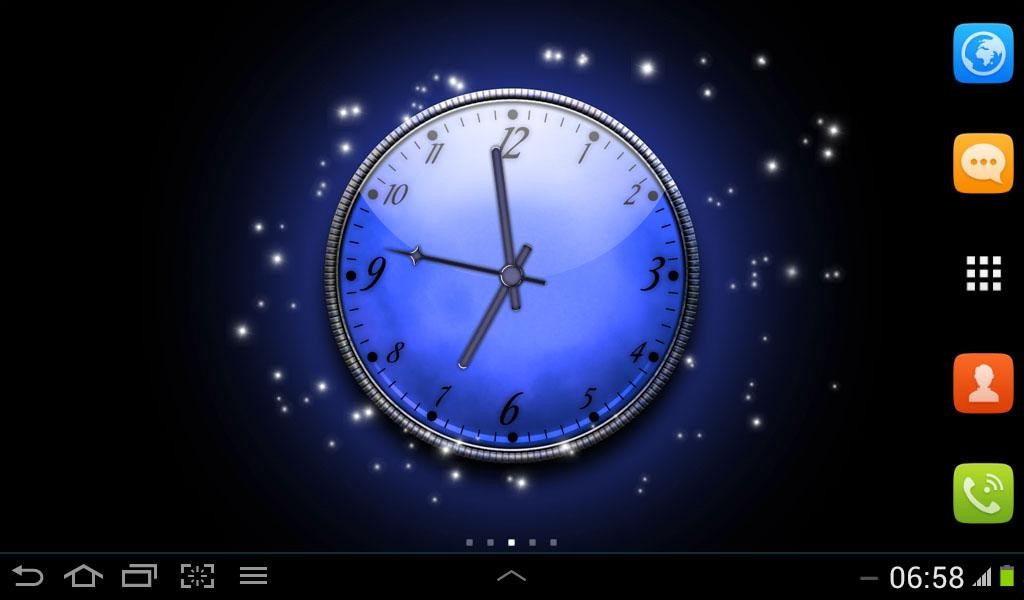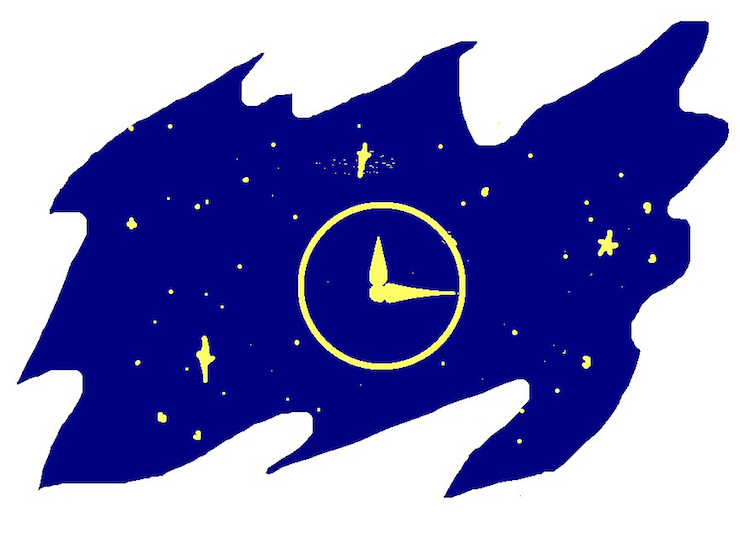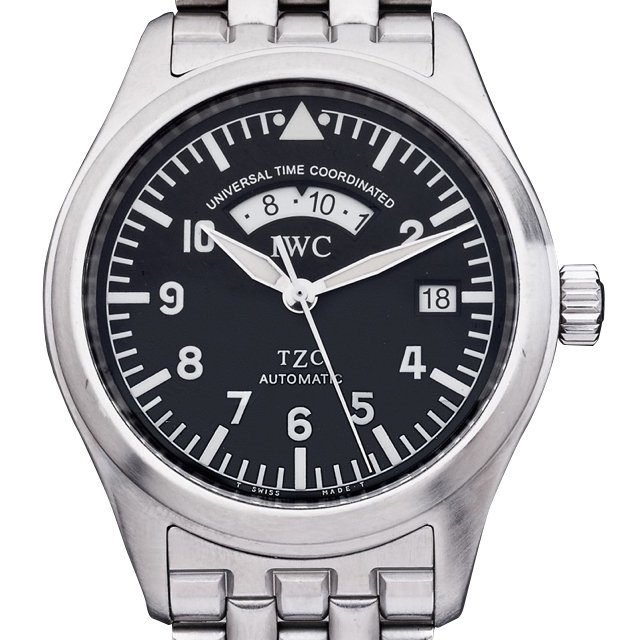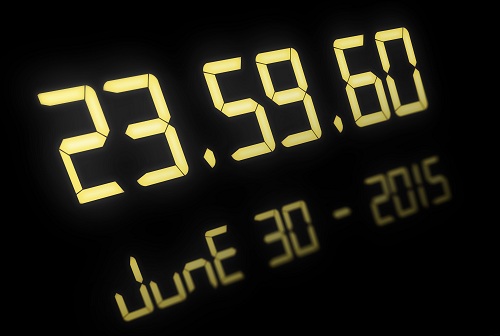

If you want more information you should probably review the article on the main site which may have more up to date information since none of the various systems are completely static. I added emphasis for the specific for this question but included the section for context. When I was doing some Supplemental reading this question prompted I found this archived article from InsideGNSS, which talks about how time is compared between the GPS and Galileo, but also talks about the way the GPS System time is related to UTC. Please look at the respective articles for the direct references to ensure they are the most current, accurate, and provide the proper source references. The clock is ticking.ĭisclaimer: Since I am using Wikipedia references below, this answer itself should not be used as a separate source for a any wiki article. WRC 2023 conference will decide whether leap seconds should continue to be used for another 8 years or die. We use UTC for this purpose $^$: The use of UTC instead of TAI, while usually presented like I did as a need to keep in sync with Sun, is actually based on an imbroglio mixing legal reasons and administration poor understanding of the huge risks and difficulties created by leap seconds for a little practical benefit. So the scale for legal time has to be flexible, unlike TAI. on February 19, to really happen each year at the same legal time. As humans, we expect noon of some day (Sun at its zenith), e.g. While the TAI scale is invariant, the year duration varies, mostly due to Earth decreasing rotation rate under the braking effect of tides. End of 2021 the relationship is this one: In addition GPS time and UTC were equal on January 6 1980. GPS time unit and UTC time unit are the TAI second. This calendar has become a standard in such worldwide industries as aviation, and international commerce and trade - however, other calendars do exist.Both GPS time and UTC are derived from the atomic time TAI, a reference used to define the time unit in SI, kept by 400 atomic clocks in the world. The United States and many other countries use the Christian Gregorian calendar to mark years. United States ANSI X3.30 and NIST FIPS 4-1, The date format Year-Month-Day has become widely accepted as a standard in many countries. Virtually the entire world formats time as Hours:Minutes:Seconds (hours listed before minutes, minutes listed before seconds). REFERENCE: A Briefer History of Time - Howard Barnes, Georgi Dobrovolski Solar Observatory, New Zealand, 2010.

UTC - civil atomic time scale on or about the Greenwich meridian kept within 0.9 seconds of UT1.UT2 - UT1 corrected for seasonal variation in the Earth's rotation (a smoothed scale that does not reflect the real periodic variations in the Earth's angular position).UT1 - UT0 corrected for polar motion (widely used).The time 00 hours being at Greenwich mean midnight. UT0 - mean solar time on the Greenwich meridian obtained from direct astronomical observation.UT - An abbreviation (for Universal Time) that should be used to show approximation of all the below.second - One second (1 s or 1 sec.) is the duration of 9,192,631,770 periods of radiation corresponding to the transition between the two hyperfine levels of the ground state of the cesium 133 atom (Cs).Mean solar time - a measurement of the Earth's rotation with respect to the 'fictitious' mean sun.Atomic clock - usually multiple clocks that count seconds (average of all clocks in system) based on the frequency of the cesium 133 atom (Cs) which oscillates at 9,192,631,770 Hertz.DST was never practical and will eventually be phased out (obsolete). There is no consistency between regions as to when DST takes affect, or reverts back to standard (real) time. Twenty four hour time does not use "am" or "pm", but courts hours from midnight (0 hours) to 11 pm (23 hours).ĭaylight savings time (DST) is used in the summer months in some regions. Daylight savings time adds 1 hour to the local standard (real) time.
#Utc clock with seconds plus#
Time in other locations will be the UTC time hour plus or minus the local Time Zone. UTC time is the local time at Greenwich England. Greenwich England is, by definition, in the middle of Time Zone 0, the prime meridian. Each time zone is 1 hour long, or 15° wide in longitude. The earth is divided into 24 time zones, -11 to +12. GMT was established by international conference in 1884 as International Time.

UTC is commonly referred to as International Time, Universal Time (UT), Zulu Time (U.S.

Local time is based on time zone and Coordinated Universal Time (UTC).


 0 kommentar(er)
0 kommentar(er)
